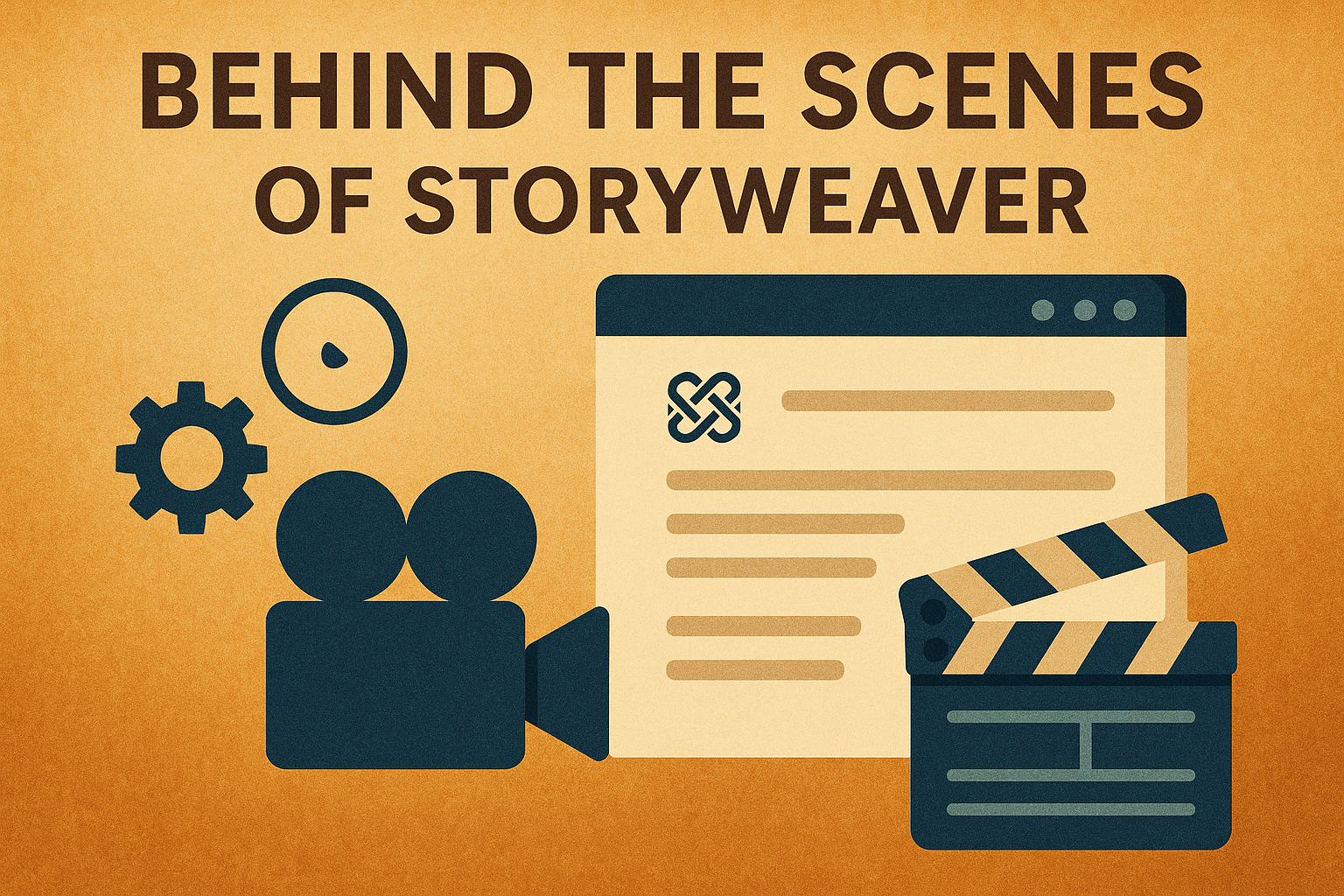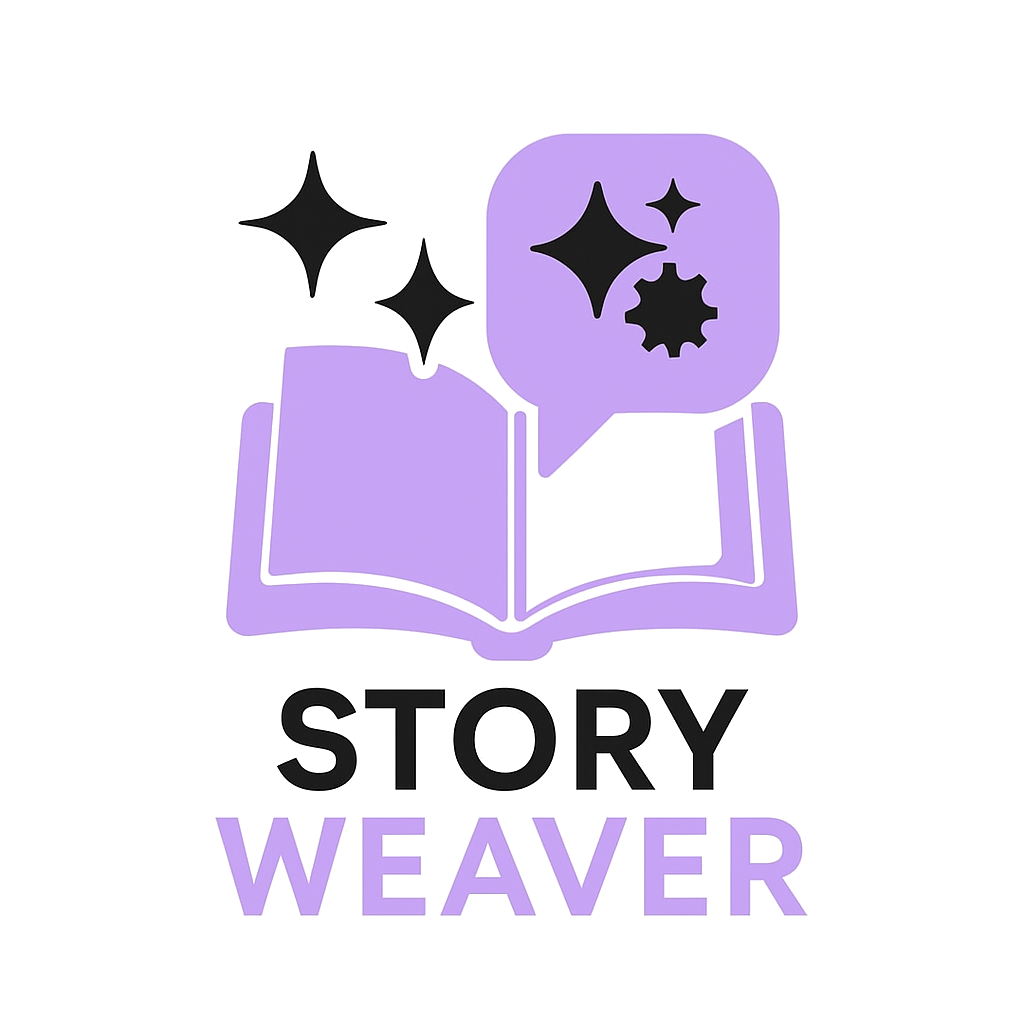
TL;DR: StoryWeaver orchestrates prompt templates + memory/state + branching logic with GPT-4 to create coherent, adaptive narratives. Humans stay in the loop to enforce voice and quality.
1) Architecture overview
We separate story data from generation logic. A story structure (chapters, choice points, character arcs) is managed in our database. The runtime injects scene context, character memory, educational elements, and user choices into a carefully crafted prompt to generate the next chapter. Each story follows a universal arc structure with four phases: setup, rising action, climax, and resolution.
2) Prompt design
Prompts are modular and theme-specific: a system preamble (style guardrails + age-appropriate language), scene instructions, educational element requirements, and narrative constraints. We use temperature controls for consistency and employ detailed theme prompts to prevent cross-contamination between story types. For example, a space adventure never accidentally includes detective elements, and a weather-themed story stays focused on meteorology without drifting into time travel.
3) Memory & state
Character profiles, world rules, central conflicts, and recent story events are stored in our PostgreSQL database. Each generation passes a compact summary (optimized for the context window) so the model maintains tone, character consistency, and narrative coherence across all chapters. This is especially important for our family account feature, where multiple children can have personalized stories with their own heroes and adventures.
4) Branching & choices
At choice points, we generate multiple story paths tailored to the child's age level (3-5, 6-8, or 9-12 years old). Each option advances the central conflict and maintains the story arc. Our innovative pre-generation system creates all possible next chapters in the background, so when a child makes a choice, the story continues instantly with zero waiting time.
5) Quality controls
- Theme contamination prevention: Rigorous prompt enforcement ensures each of our 36 themes maintains its unique character (no detective mysteries bleeding into fairy tales)
- Educational element integration: Every story includes age-appropriate educational content as a core requirement
- Content safety filters: Automated screening for sensitive topics ensures child-appropriate content
- Arc consistency tracking: Database persistence of central conflicts ensures narrative coherence across all chapters
- Voice narration quality: Integration with ElevenLabs for professional-grade audio storytelling
6) 36 Unique themes
StoryWeaver offers 36 carefully crafted themes spanning adventure, creative, cultural, educational, and detective categories. Each theme has its own detailed prompt system, visual style for AI-generated illustrations, and educational focus. From space exploration to cultural celebrations, dinosaur adventures to weather phenomena, each theme is designed to spark imagination while teaching valuable lessons.
7) Internal and external links
- Start Creating Stories with StoryWeaver
- How AI Is Changing the Way Stories Are Written
- View Our Subscription Plans
- Explore Achievement System
- Google: AI-generated content guidelines
- Succeeding in AI search
FAQ
- Does StoryWeaver fine-tune models?
- We primarily use advanced prompt engineering with GPT-4 and strict guardrails. Our 36 theme-specific prompts ensure consistent, high-quality storytelling without requiring model fine-tuning.
- How do you prevent plot holes?
- We maintain a rolling summary of story events and central conflicts in our database, add automated consistency checks, and our story arc framework ensures proper narrative progression through all four phases.
- Can I use StoryWeaver for educational purposes?
- Absolutely! Every story includes educational elements, and we offer special school and family account options. Teachers and parents can create personalized learning experiences through interactive storytelling.
- What makes StoryWeaver different from other AI story platforms?
- Our unique combination of 36 contamination-free themes, instant chapter delivery via pre-generation, professional voice narration, AI-generated illustrations, and a comprehensive achievement system creates an unmatched interactive storytelling experience for children.
